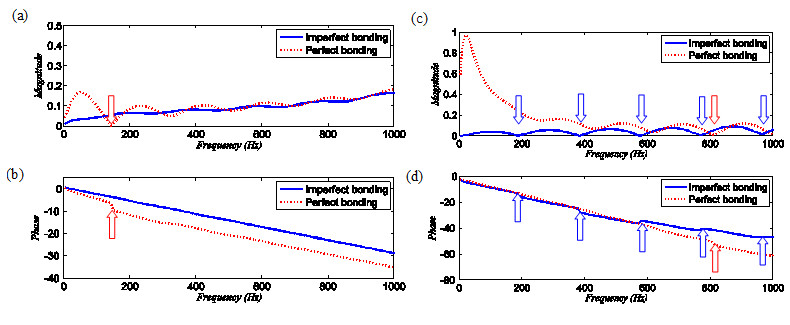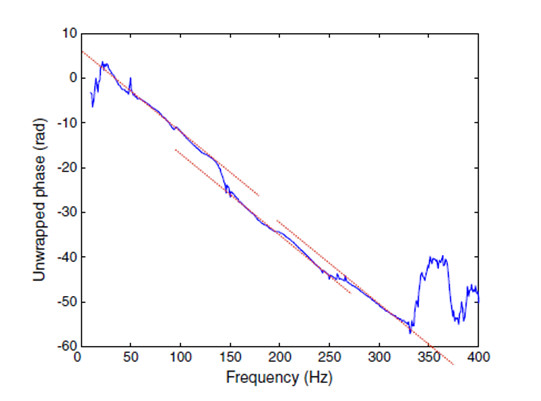Buried pipelines are central to modern life and form an important part of many engineering for transporting fluids and gases. Pipe location is a subject of increasing concern in China and across the world due to ever increasing demand in trenchless technology and pipeline engineering for protection from damage because of street works, to maintain or install new utility services, traffic loading and seasonal weather variation.
The potential of an acoustic technique for locating buried pipes and services has been evaluated in an earlier study by the Institute of Acoustics of the Chinese Academy of Sciences in collaboration with the Institute of Sound and Vibration Research, UK. The technique involves excitation of the pipe at some known location with concurrent vibrational mapping of the ground surface, in order to infer the location of the remainder of the pipe.
It was shown that the phase of the ground vibration data was exploited to reveal the pipe location, with the magnitude data providing a useful supplement in identifying discontinuities (including leaks). However, difficulties were encountered due to the occurrence of abrupt phase changes over the usable frequency range. Since this first study, it has been found that these phase phenomena commonly occur and, to date, no explanation for the occurrences has been offered.
When the pipe is surrounded by an elastic medium, the vibrational energy is transmitted along the pipe in a variety of modes, and can couple energy into the surrounding medium due to the leaky modes leaving the pipe wall. More recently, the research team have developed an analytical model for the study of the propagation characteristics of the axisymmetric waves within fluid-filled pipes surrounded by an elastic medium.
In addition, the theoretical model of the fluid-borne (s=1) wavenumber has been validated by some experiments from a dedicated MDPE water pipe and an actual PVC water pipe.
Based on the model of axisymmetric wave propagation, the ground surface displacements due to waves radiating from a buried fluid-filled pipe have been investigated. An analytical method is adopted to predict the vertical and horizontal displacements at the ground surface. The model has been applied to demonstrate the coherent interference of the conical shear with compressional waves in some sandy soils (as shown in Fig. 1) while being unlikely to happen in clay soils.
The present theory can be used to explain the frequency-domain features, such as the occurrence of abrupt phase changes, as illustrated in Fig. 2. The rationale for the radiated wave field and theoretical findings will allow recommendations to be made for acoustic techniques used to locate pipes buried underground.

Fig. 1 Amplification factors for a PVC water pipe buried in a typical sandy soil: (a) and (b) vertical direction; (c) and (d) horizontal direction. The additional phase shifts are marked by the blue arrows for “imperfect bonding” and the red arrow for “perfect bonding” respectively (Image by Gao).

Fig. 2 Plot of the unwrapped phase measured by geophones showing abrupt phase changes between straight line sections (Image by Gao).
References:
Yan Gao, Jennifer M. Muggleton, Emiliano Rustighi, Jun Yang and Jing Tian. Ground Surface Vibration Due to Axisymmetric Wave Motion in Buried Fluid-Filled Pipes. Proceedings of the 22nd International Congress on Sound and Vibration, ISBN 978-88-88942-48-3/ISSN 2329-3675, The 22nd International Congress on Sound and Vibration (ICSV22), 2015.
Contact:
Yan Gao
Key Laboratory of Noise and Vibration Research, Institute of Acoustics, Chinese Academy of Sciences, 100190 Beijing, China
Email: gaoyan@mail.ioa.ac.cn


